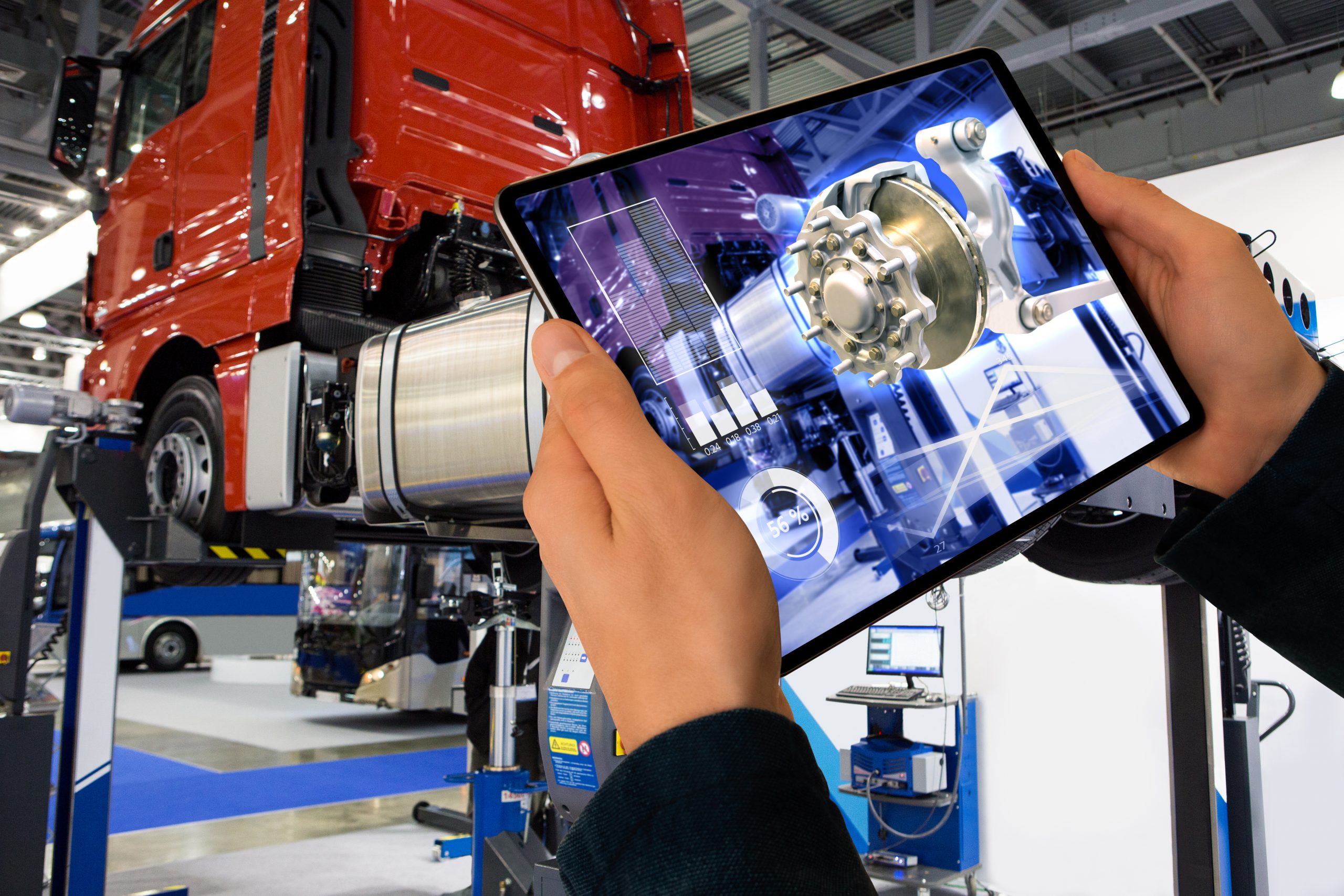
The projected growth for battery-powered products is outpacing traditional internal combustion engines (ICE) in multiple industries. ICE-powered equipment, transportation, and other products might have a larger market share than “green” alternatives. However, thanks to more advanced innovation, it is changing quickly.
The most visible example is the automotive industry. Global car and truck manufacturers have announced plans to significantly increase their fleets of electric, fuel-cell, and hybrid vehicles by 2030. Regulations in the U.S. and abroad are driving CO2 emissions reductions. However, Tesla, Rivian, and other companies focused solely on electric vehicles reflect business opportunities for consumer and industrial products powered by renewable energy.
The combination of innovation, lower costs in maturing technologies (e.g., energy storage), regulatory mandates, and shifting customer preferences are paving the way for manufacturers to develop electrified products in a range of markets.
Industrial Electrification as a Sustainability Initiative
Nearly 70% of industrial executives are adopting electrification of industrial equipment, according to a Deloitte survey. Additionally, 55% of manufacturing leaders surveyed have support from their board of directors for sustainability initiatives.
Sustainability is often part of an organization’s long-term goals. But the immediate need to increase efficiency and control costs is causing companies to act. Electric boilers, for example, convert electricity into heat with nearly 100% efficiency – virtually no radiation loss. Electric propulsion reduces fuel consumption because it provides tank-to-wheel energy efficiency ~70% greater than conventional engines.
Electric-powered industrial equipment and vehicles have fewer moving parts and use fewer fluids than ICE alternatives. They also tend to have a longer lifetime, higher fuel efficiency, a smaller physical footprint, and higher process control and flexibility (e.g., the ability to optimize systems for torque, speed, and power). Although they typically have a higher initial purchase price (primarily due to energy battery and related costs), the long-term economic benefits can be significant.
These advantages create a favorable total cost of ownership (TCO) for renewable-powered products in a growing number of industrial segments and applications. McKinsey & Company reported that electrified products have a lower TCO than ICE equipment in three of the four equipment types it analyzed (two categories researched could be ~20% lower). The analyst firm projects the fourth category to be positive around 2023.
The TCO depends heavily on the difference between ongoing energy costs to run electric equipment vs. conventional fuel equipment. Additional barriers to renewable products include the lack of at-scale charging technologies, limited product availability, and a limited track record.
aPriori Sustainability Infographic
Accepting the Innovation Challenge: Motor Efficiency Through Electrification
According to the International Energy Agency (IEA), electric motors and the systems they drive account for more than 40% of global electricity consumption. This category ranges from standalone pumps, sprayers, fans, HVAC systems, and propulsion products to automated manufacturing systems (think robotic arms assembling components as they travel along a conveyor belt).
Global Efficiency Intelligence noted that it is generally easier to electrify low- and mid-temperature processes (below 400 °C) than high-temperature processes. It includes heating applications for food and beverage, pulp and paper, and select machinery and textile industry segments.
Enhancing the User Experience with Renewable Options
In addition to sustainability, B2B companies tend to focus on economic benefits. Conversely, consumers often are enticed by new features. Consumers looking for quiet, high-quality performance and easy maintenance are gravitating to renewable options. To illustrate, the battery-powered lawn equipment sector is growing three times faster than gas, according to market research firm Freedonia Group. Stanley Black and Decker estimate that sales of its electric-powered lawn equipment have grown more than 75% in North America between 2015 and 2020. Snowmobile and watercraft brand Taiga is betting that its electrical products will reach a new segment of consumers who haven’t used these types of motorized vehicles due to noise and exhaust fumes.
3 Ways to Implement Electrification Product Development Innovation Projects
As manufacturers evaluate electrification, consider these design and production initiatives for supporting innovation:
- Look beyond targeted enhancements and consider a complete redesign: Energy-efficiency efforts often target isolated areas – such as an engine. But the investment to reevaluate an entire product, vehicle, or system design can double or triple energy savings at a lower cost, according to noted energy thought leader Amory Lovins. Automaker BMW designed the i3’s body with carbon-fiber composites to reduce the electric car’s overall weight. This design and a simplified manufacturing process offset the higher costs of more expensive materials associated with electric vehicles.
- Incorporate smart, connected features: Take advantage of the smaller footprint of electric batteries, controllers, and drivers compared to ICE motors and power trains. Use the additional space to enable the Internet of Things (IoT) capabilities. By implementing a digital thread between the digital product design and the product in the field, manufacturers can use performance information and metrics to optimize maintenance. Additionally, they can utilize real-world performance data to prioritize feature enhancements, design changes, and more.
- Adopt a hybrid approach: A dual design could be attractive for a variety of industrial applications, even though up-front investments are higher than a single setup. In some cases, full electrification may not be attractive due to high or volatile electricity costs. It also can be used to capture additional revenue sources. For example, grid operators providing financial incentives to companies consuming excess electricity generated during peak periods is a good opportunity. It also could be the first step toward complete electrification, enabling industrial companies to gradually shift their energy diet.
Product Optimization through Innovative Practices for Electrification
The electrification of industrial equipment is at or near an inflection point for a growing number of applications. The opportunity to diversify or extend product lines through renewable-powered options has a significant upside. However, design and sourcing missteps can have a long-lasting impact on a company’s brand, partnerships, and profitability., This is especially true because component and product vendors in dynamic technologies like battery-powered motors and systems can have vast differences in value propositions, cost, performance, availability, and potential for long-term environmental compliance.
There are multiple approaches to design (or re-engineer) products for electrification. Digital manufacturing simulation can help organizations accelerate design and optimize manufacturing for performance and profit with confidence and reassurance for stakeholders.
Move toward Sustainability via Electrification Product Design with aPriori






